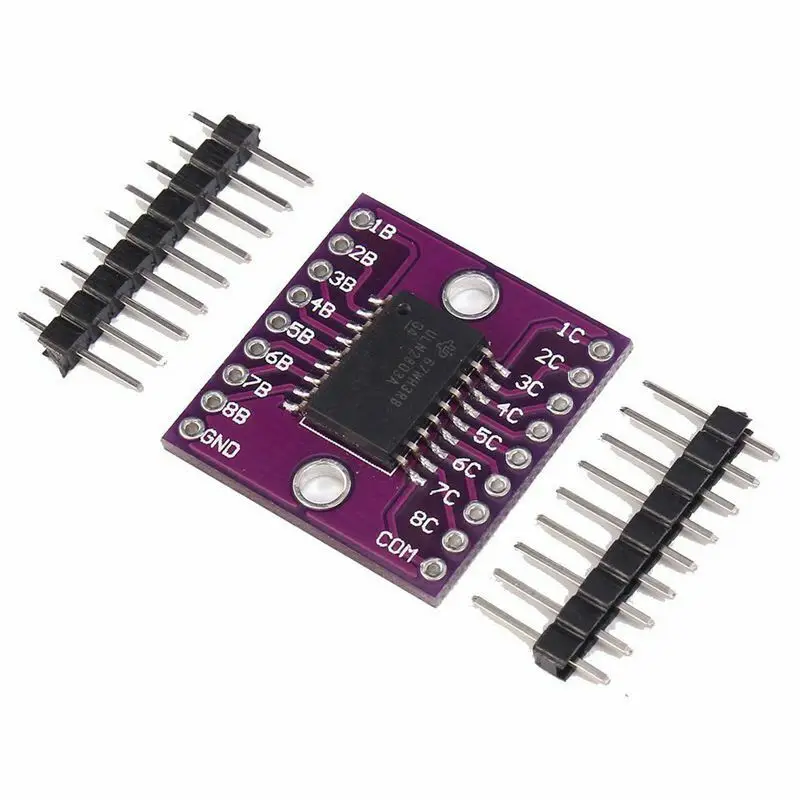I'm somehat new to Arduino. I have previously built a system that could measure temperature, light intensity and humidity and show these values on a small display.
I'm planning the following, and I need some help:
I have a rack that I'm using to grow microgreens in trays. On each of the 4 shelves, there are 3 sets of trays (top tray that has holes, which sits in a bottom tray without holes) of microgreens growing.
I'm currently watering by pouring water into the bottom tray with a watering can, and the roots grow down through the holes in the top tray and suck the water up.
Watering is a lot of work, so I would like to make a system where a soil moisture sensor is put into the soil of each tray, and when it gets too dry, a solenoid valve is activated, and water flows to that specific tray through a hose.
I know that some people use ebb and flow hydroponic systems for this purpose, but this does not seem to be compatible with growing in soil, and I would like to keep using soil.
It would be nice if I could have a pump that punps water up into a tank that sits on top of the rack, and then gravity feed the water to the trays. I expect to use either a 12 VDC or a 230 VAC gravity feed solenoid valve, such as one of these:
Solenoid valve 12VDC
And I would use these to detect the soil moisture:
Soil moisture sensor
So that when the soil moisture reaches a certain value, the solenoid valve is opened for a number of seconds so that water will be sent to the tray.
Question 1: Should I use a 230 VAC or a 12 VDC gravity feed solenoid valve?
Question 2: Can I control 12 valves from a single Arduino board? If 2 or more trays reach the watering activation at the same time, I would put them in queue so that I don't risk running 12 valves at the same time.
Question 3: Am I on the right track, or should I change my plans?
Question 4: Is my description understandable? Should I make some drawings?
I'm planning the following, and I need some help:
I have a rack that I'm using to grow microgreens in trays. On each of the 4 shelves, there are 3 sets of trays (top tray that has holes, which sits in a bottom tray without holes) of microgreens growing.
I'm currently watering by pouring water into the bottom tray with a watering can, and the roots grow down through the holes in the top tray and suck the water up.
Watering is a lot of work, so I would like to make a system where a soil moisture sensor is put into the soil of each tray, and when it gets too dry, a solenoid valve is activated, and water flows to that specific tray through a hose.
I know that some people use ebb and flow hydroponic systems for this purpose, but this does not seem to be compatible with growing in soil, and I would like to keep using soil.
It would be nice if I could have a pump that punps water up into a tank that sits on top of the rack, and then gravity feed the water to the trays. I expect to use either a 12 VDC or a 230 VAC gravity feed solenoid valve, such as one of these:
Solenoid valve 12VDC
And I would use these to detect the soil moisture:
Soil moisture sensor
So that when the soil moisture reaches a certain value, the solenoid valve is opened for a number of seconds so that water will be sent to the tray.
Question 1: Should I use a 230 VAC or a 12 VDC gravity feed solenoid valve?
Question 2: Can I control 12 valves from a single Arduino board? If 2 or more trays reach the watering activation at the same time, I would put them in queue so that I don't risk running 12 valves at the same time.
Question 3: Am I on the right track, or should I change my plans?
Question 4: Is my description understandable? Should I make some drawings?


